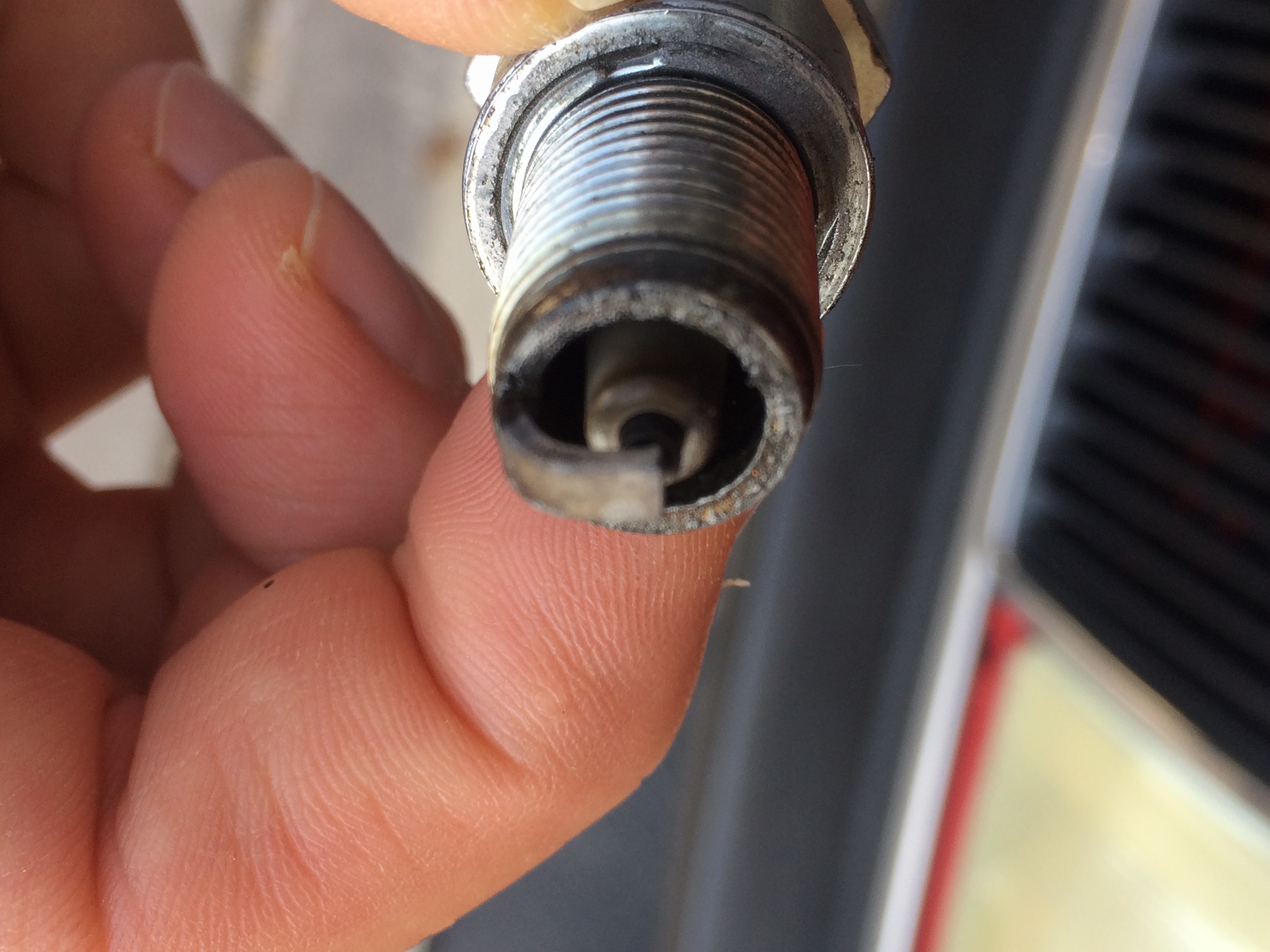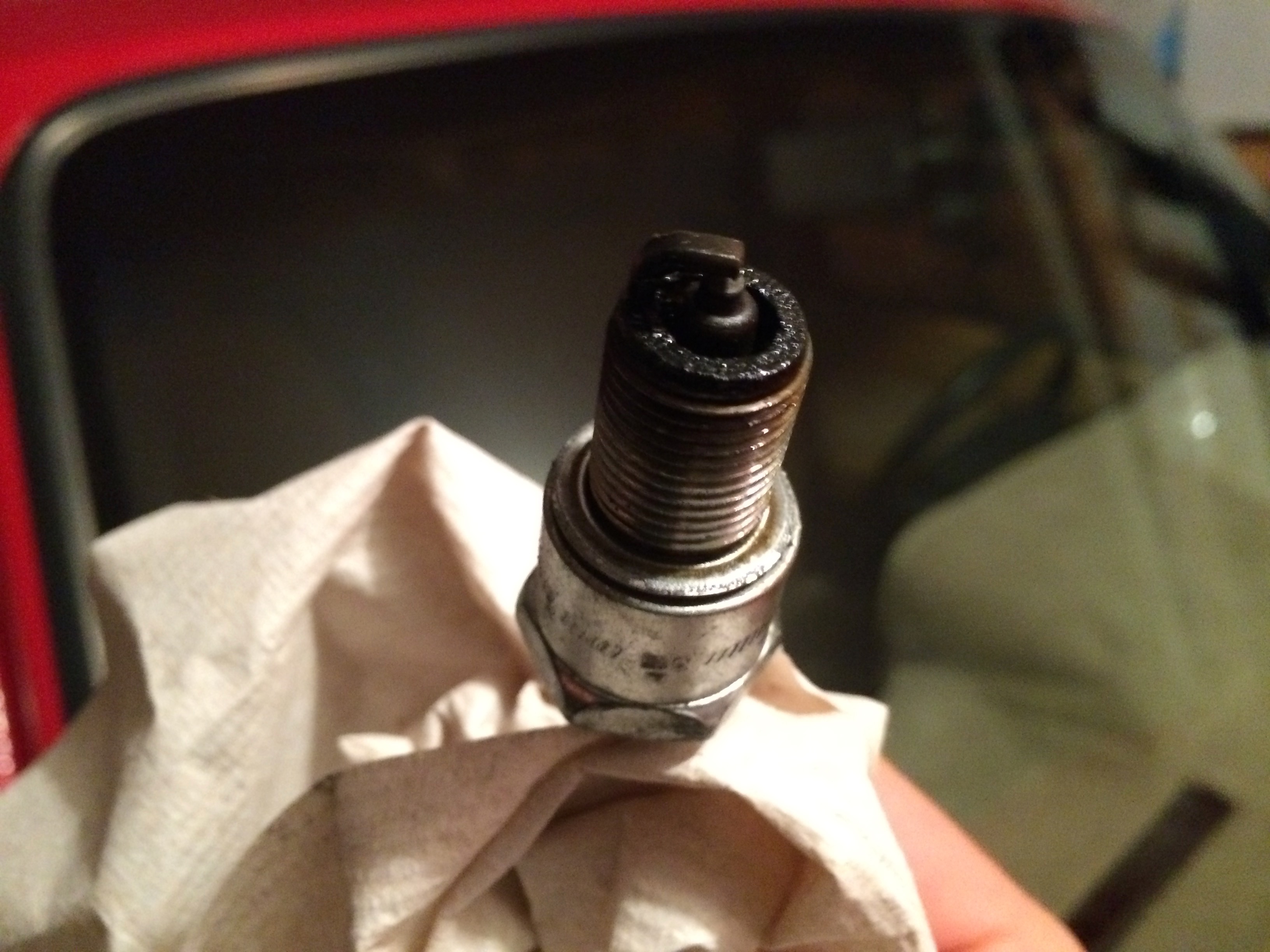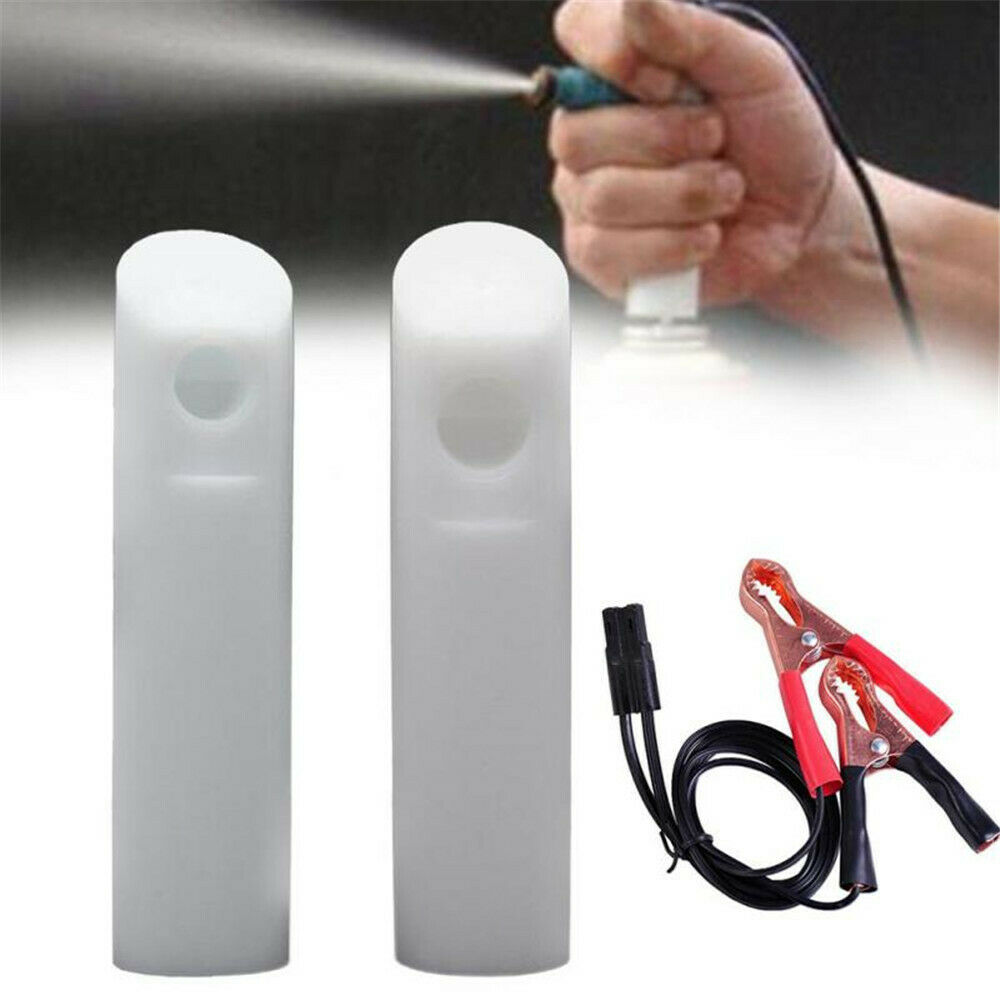Rusty_ratchet
Member
- Joined
- Apr 14, 2015
- Location
- Southwest
1991 Volvo 240
My mom's car sat for about a year and I drove it in January. It was running a little rough and I checked the spark plugs, shown below.
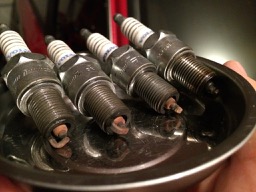
The plugs looked ok to me, except for the cylinder 4 plug which was very dirty (shown below)
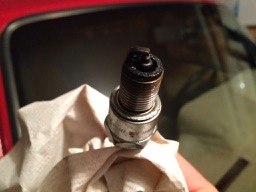
I looked up a spark plug diagnosis chart and it looked like a dirty fuel injector. This seemed reasonable since the car sat for some time. I cleaned the fuel injectors in an ultrasonic parts cleaner with 1/3 oil eater and 2/3 distilled water. I also swapped the injectors for cylinders 3 and 4 and replaced the spark plugs.
The car has been driven about 100 miles since then and the spark plug for cylinder 4 still looks dirty compared to the other plugs (see below).
All the plugs (1 on the top through 4 on the bottom)
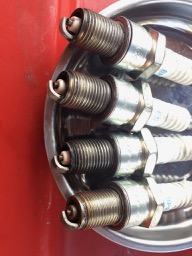
Cylinder 4 Plug:
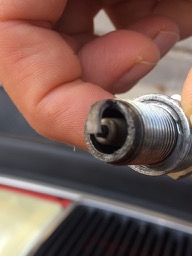
I'd appreciate any thoughts on what the issue might be.
My mom's car sat for about a year and I drove it in January. It was running a little rough and I checked the spark plugs, shown below.

The plugs looked ok to me, except for the cylinder 4 plug which was very dirty (shown below)

I looked up a spark plug diagnosis chart and it looked like a dirty fuel injector. This seemed reasonable since the car sat for some time. I cleaned the fuel injectors in an ultrasonic parts cleaner with 1/3 oil eater and 2/3 distilled water. I also swapped the injectors for cylinders 3 and 4 and replaced the spark plugs.
The car has been driven about 100 miles since then and the spark plug for cylinder 4 still looks dirty compared to the other plugs (see below).
All the plugs (1 on the top through 4 on the bottom)

Cylinder 4 Plug:

I'd appreciate any thoughts on what the issue might be.
Last edited:

